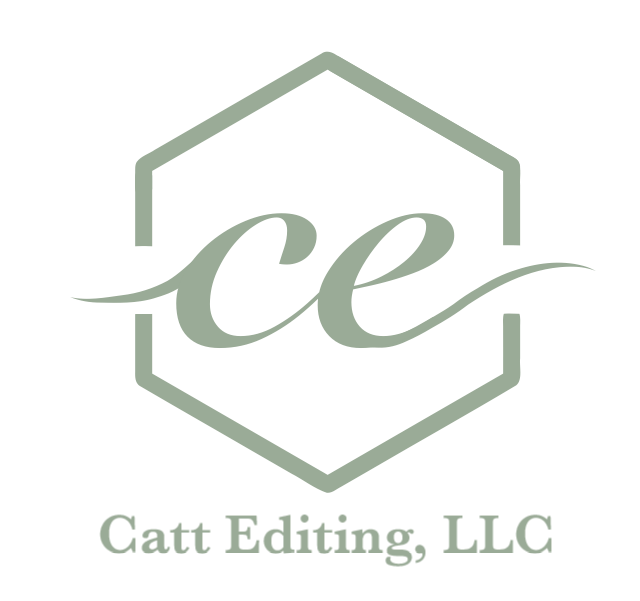Where Should I Publish My Book?
You’re ready to publish! You made it all the way through writing and editing, and it’s time to publish. Now what? There are so many platforms available for uploading and selling your book.
First, let’s talk about the difference between distributors and retailers. Retailers sell your book from their own store (e.g., Barnes and Noble, Amazon, Google, Kobo, Apple). Distributors send your book to many retailers (stores) for selling (e.g., Draft 2 Digital, IngramSpark). Some places do both: they sell from their own store and send the book to other stores (e.g., Smashwords, Lulu Press).
You might think you don’t need to research different platforms—just publish everywhere! That’s actually not a great idea because if you upload to both Amazon KDP and Smashwords, two versions of your book will be sold at Amazon KDP (since Smashwords distributes to Amazon KDP). This means reviews and sales will be halved between the two versions, and your book will appear half as popular, making it half as easy to stumble upon. You do not want that. When contemplating your options, check out the distributors’ websites to see lists of their retailers. Refer to those to decide the best course of action for your book.
I tried to compile as much relevant information as possible into a comprehensive table. There are more options out there, but these are some of the most popular platforms for self-publishing. Beneath the table are some notes to further explain some of the points made in the table. These are indicated with an asterisk.
Amazon KDP accounts for the most ebook sales in the US; Kobo Writing Life is second in ebook sales.
If you are set on doing your own formatting but you’re not that tech-savvy, Draft 2 Digital is a great option because there are almost no formatting guidelines. Low stress!
IngramSpark cost: All other platforms mentioned are free to use. IngramSpark costs $50 to publish your book. If you see an error and want to change it by uploading a new document, it costs $25 each time. This seems expensive and a little risky, but this is a great platform for reach. I’d argue that it’s just as great as Smashwords when it comes to distribution, but you can use IngramSpark for books with many pictures or difficult formatting. Smashwords doesn’t allow many pictures in books, so this is a great alternative if you don’t qualify for Smashwords.
IngramSpark has a royalty calculator based on many factors, rather than an estimated percentage like most other platforms. For this reason, it’s difficult to know how much the author will receive. You can try the calculator at the IngramSpark website to estimate how much you’ll receive for your book.
POD = print-on-demand
Pros of POD: no need to store a stock of books
Cons of POD: production is more expensive in the long run (this is better for printing only a few books for friends and family)
In-house editing feature for Barnes and Noble and Kobo: Normally, you can upload a document to a platform and preview it, but if you see a mistake, you have to go to the original document to fix it and upload it again. Both Barnes and Noble and Kobo have a feature that allows you to edit the document in their program after you upload without having to upload a new document. Really helpful!
If you use LuLu Press, it’s difficult to make a large profit. Ebooks do not sell well above $2.99, but the cost to distribute to stores is close to that same price. The author receives 80% of the retail price after the cost to distribute is subtracted—this leaves you with cents. Print books can sell for much higher prices, but the cost to print is subtracted from the retail price, then the cost to distribute is subtracted, then you get 80% of whatever is left over after that. You’re more likely to make a profit from print books than ebooks. Keep this in mind when deciding which formats you want to sell your book in.
I hope you learned a lot from this post! If you have more questions about any of these topics, feel free to comment or email me so I can answer your questions! Make sure to get an editor and proofreader before publishing your book to make it polished and clean for your readers! Happy publishing!

